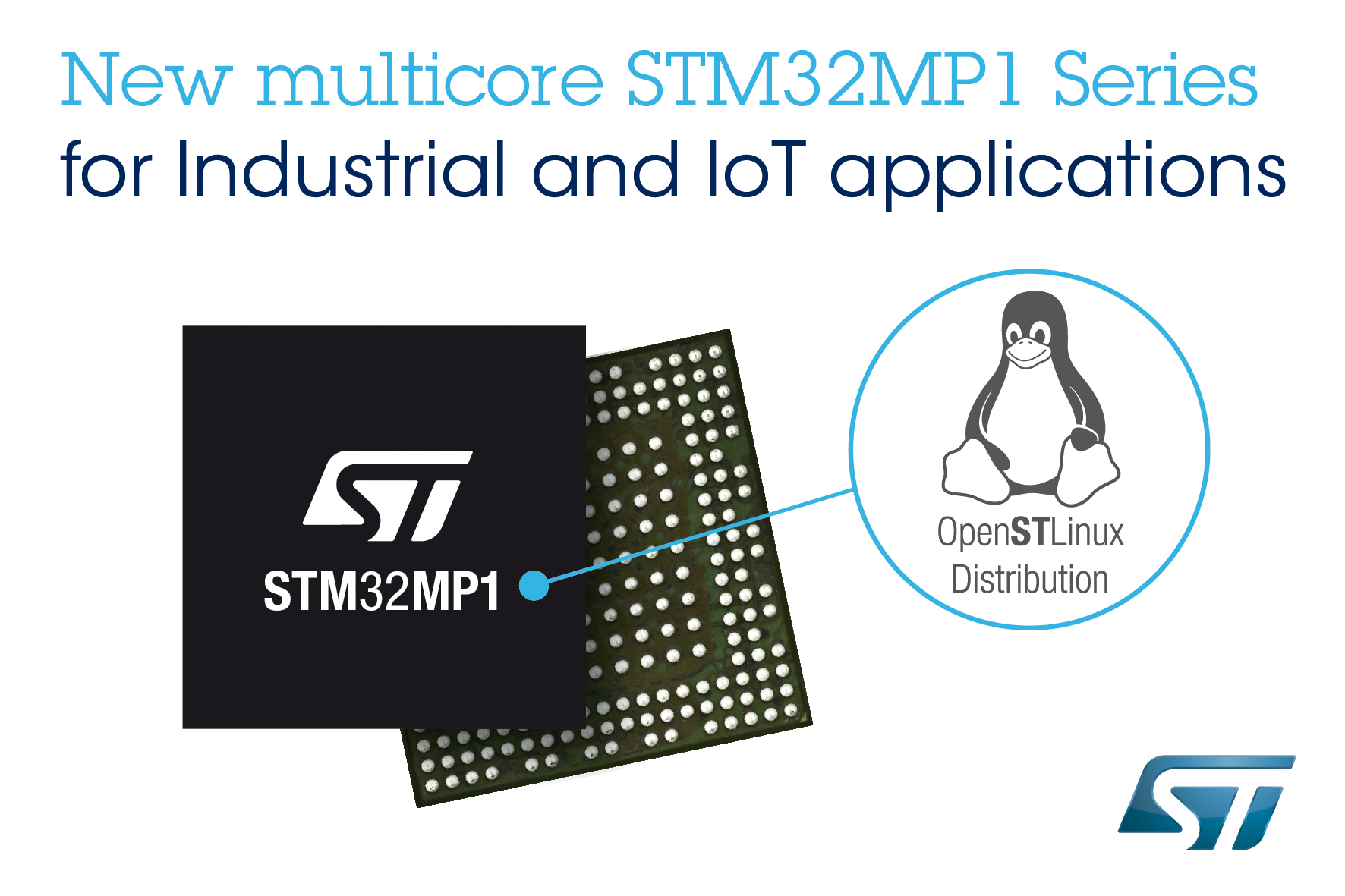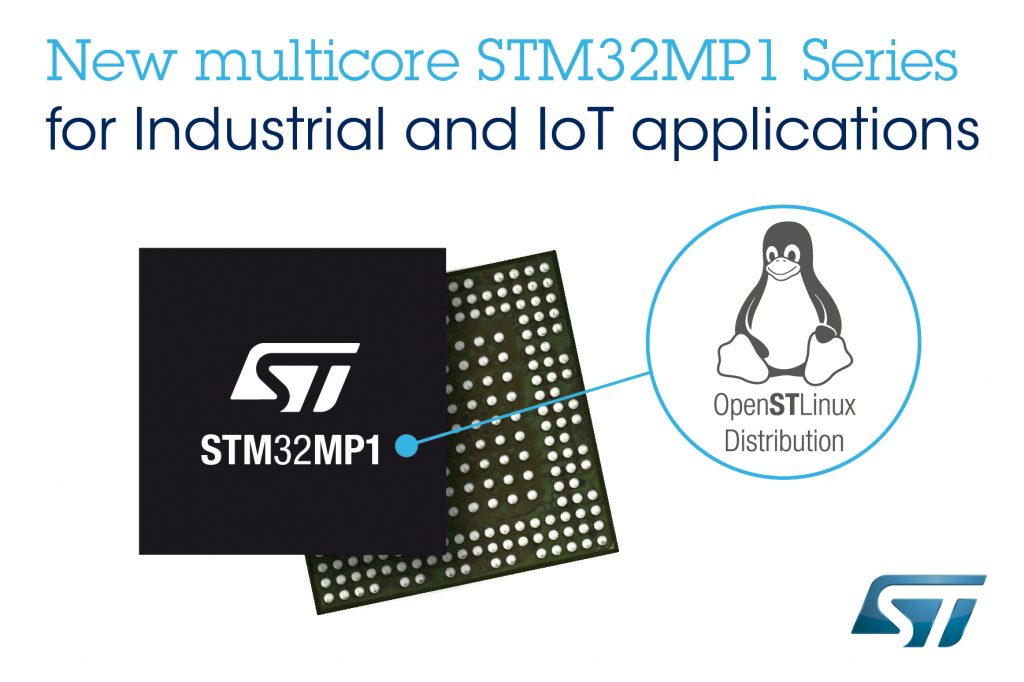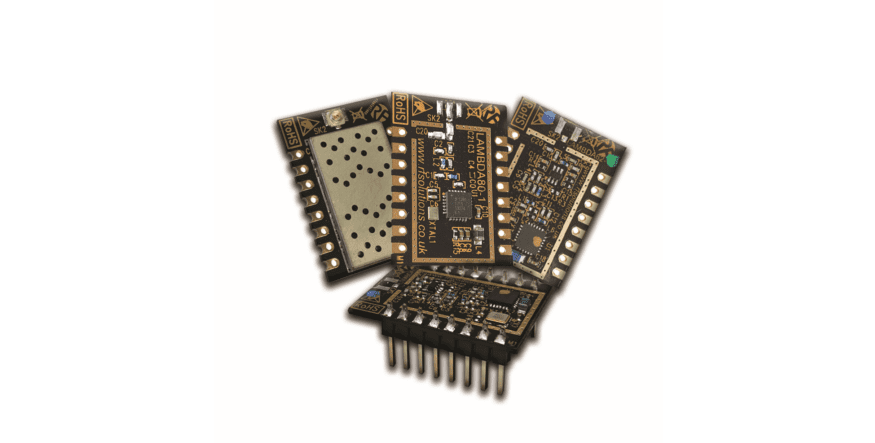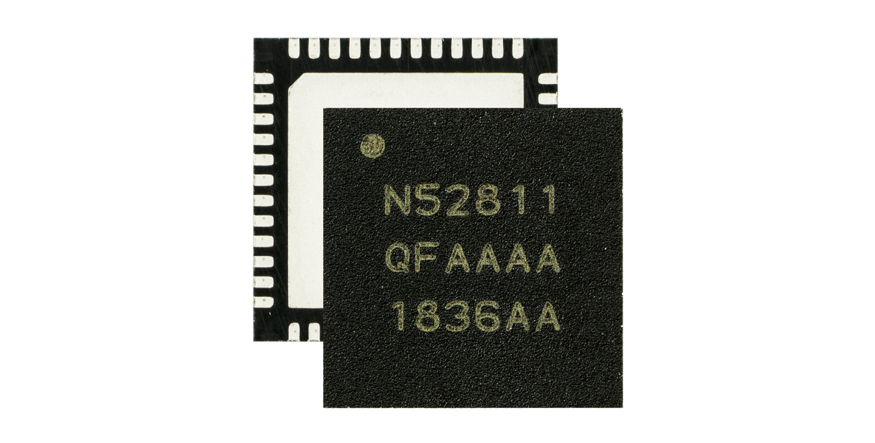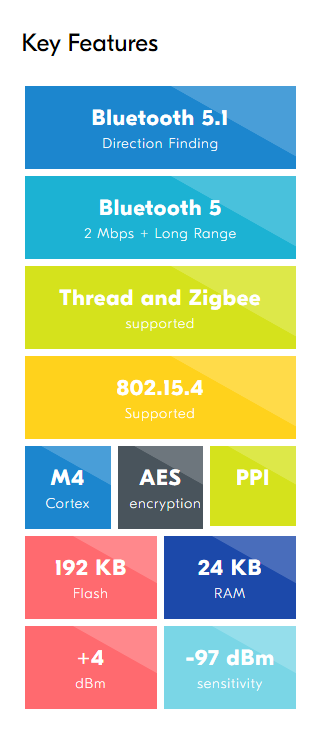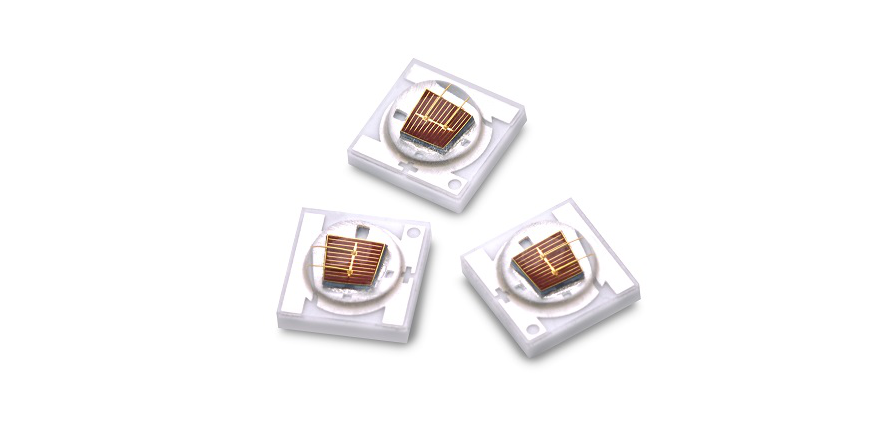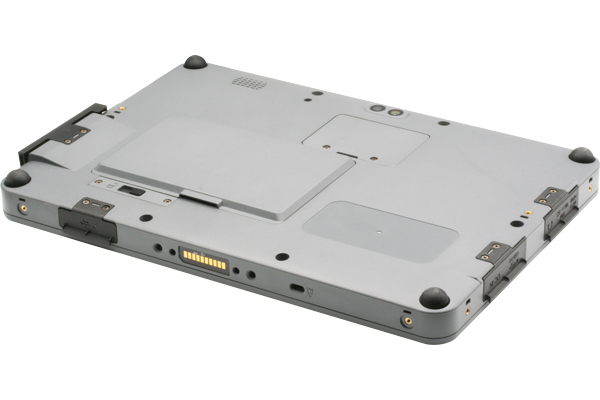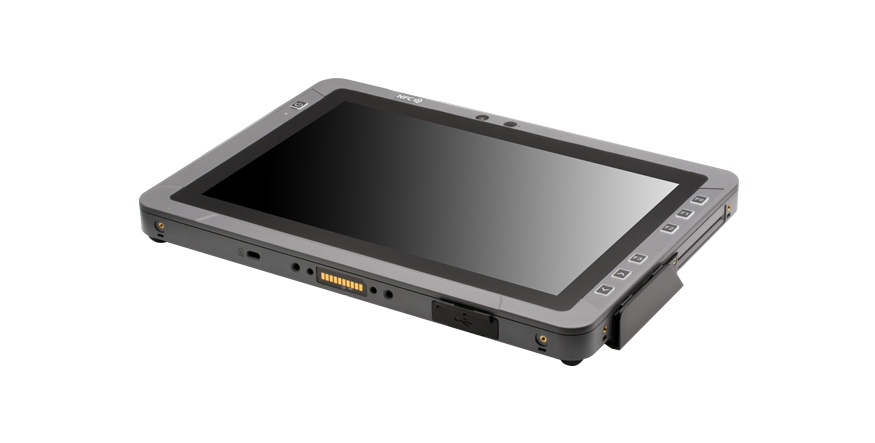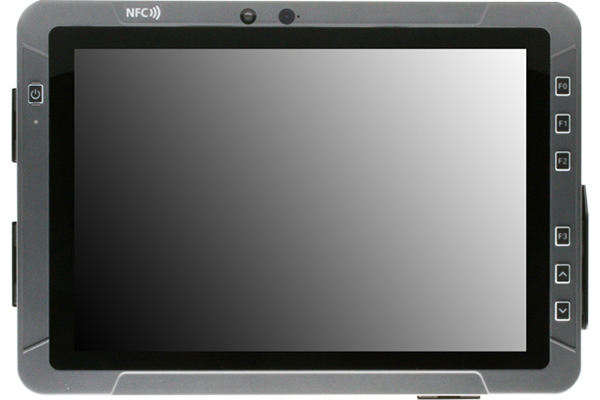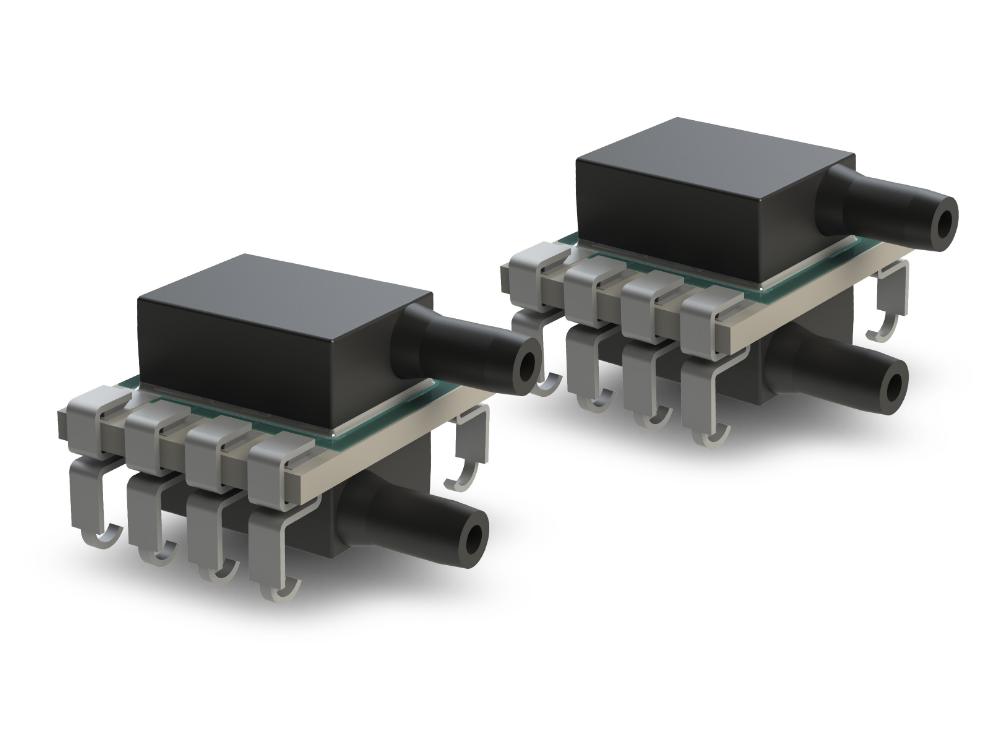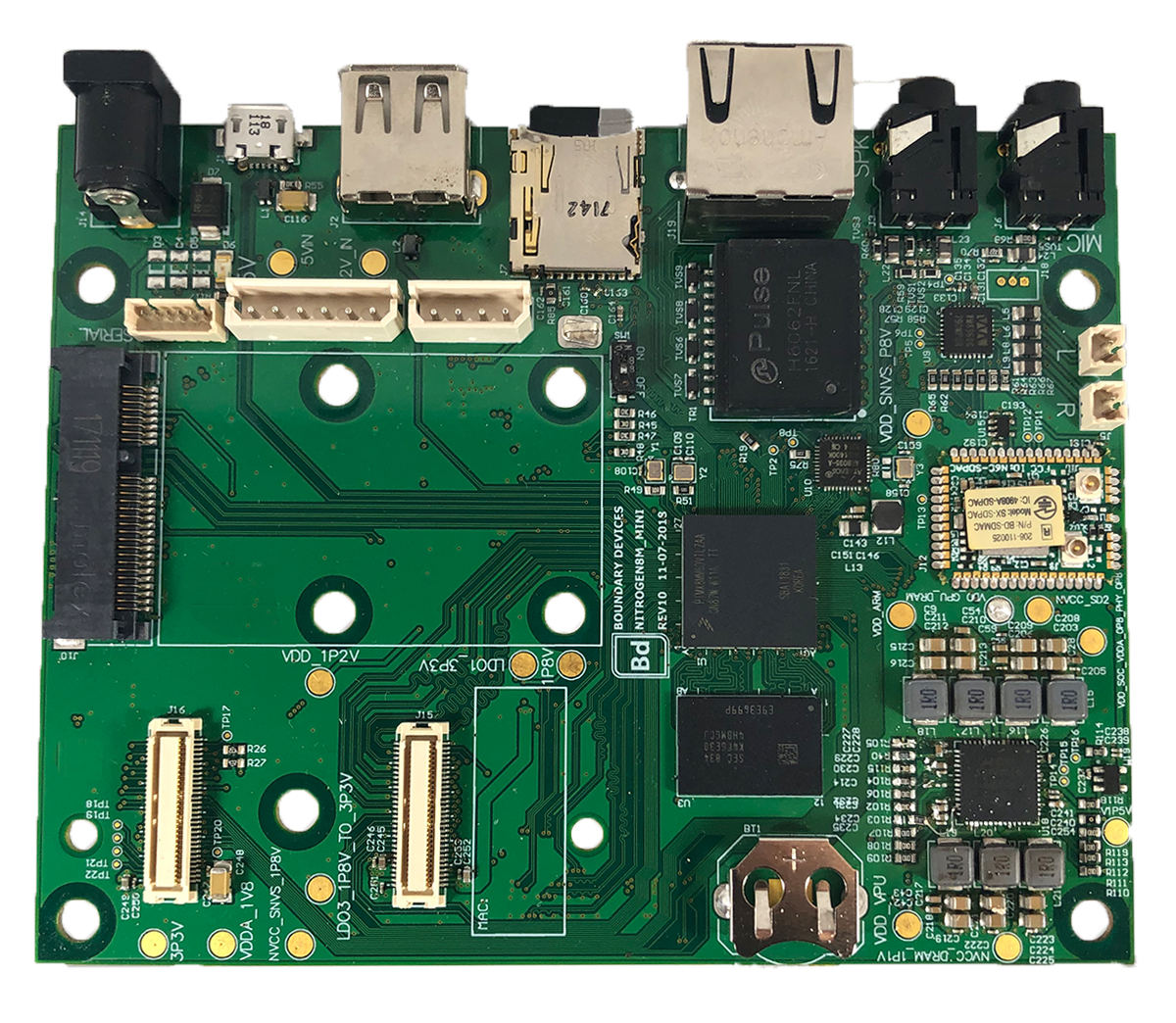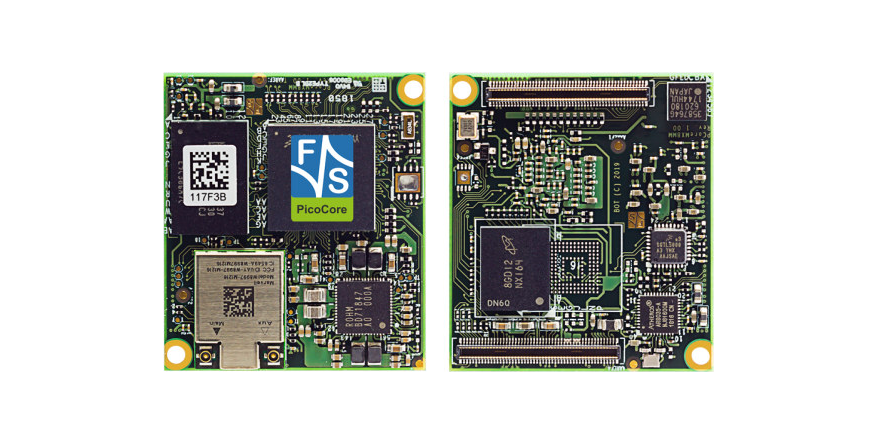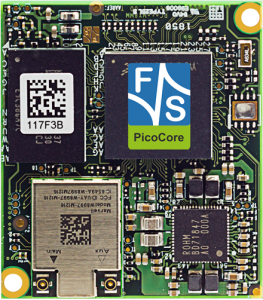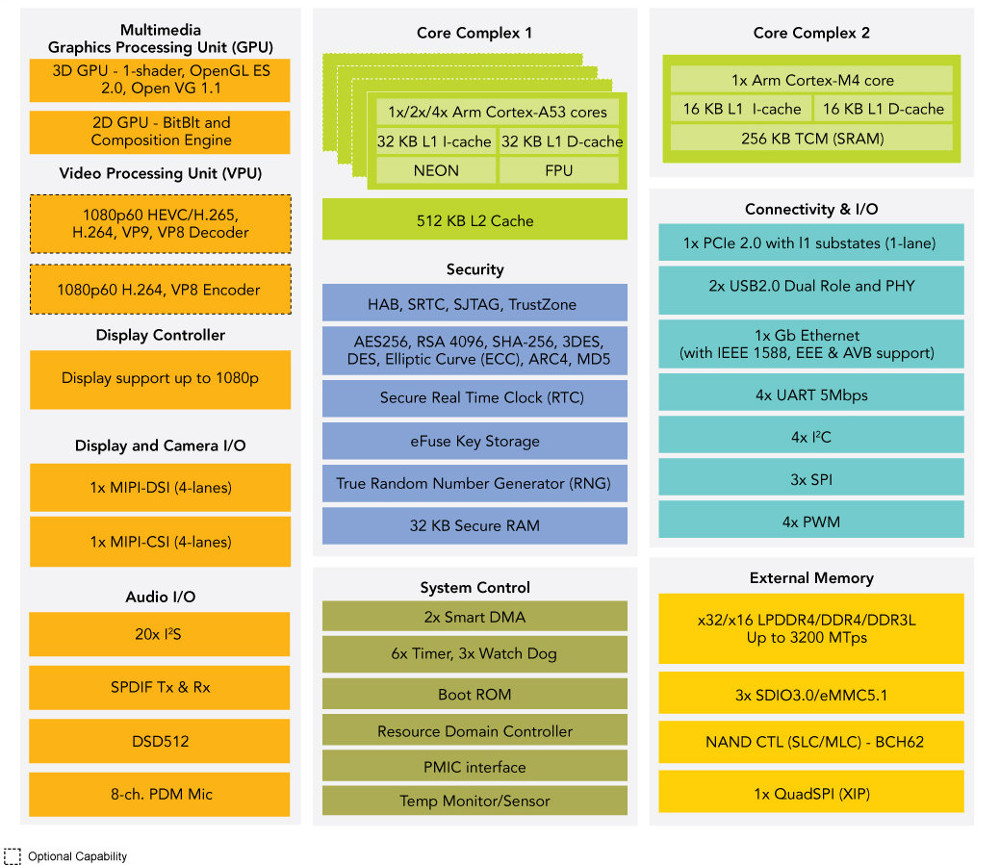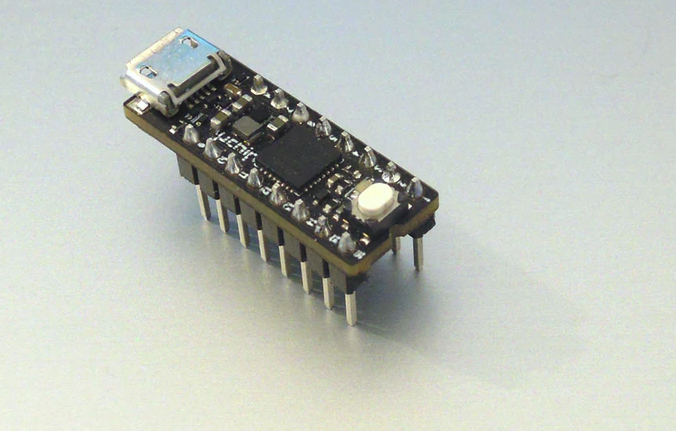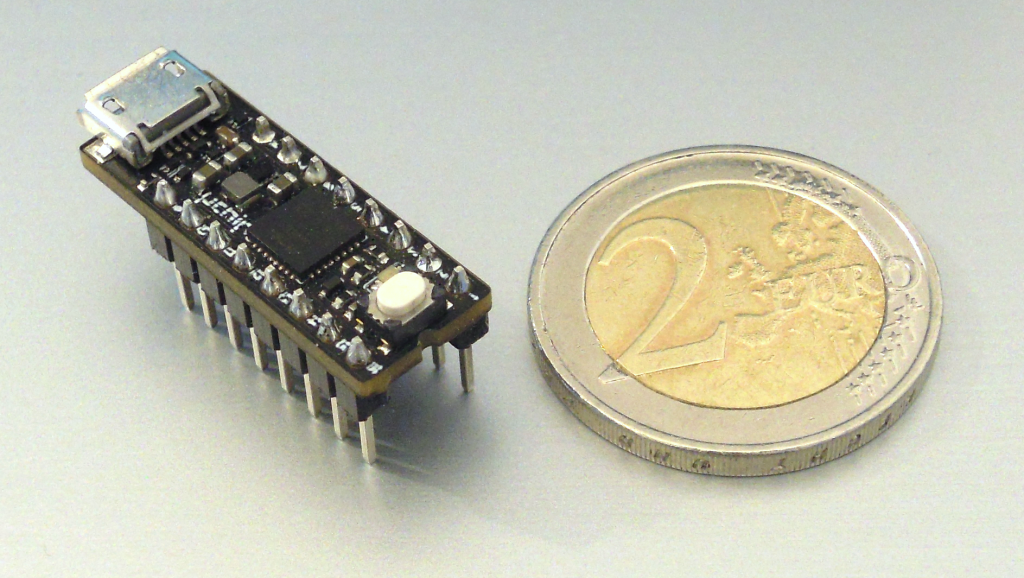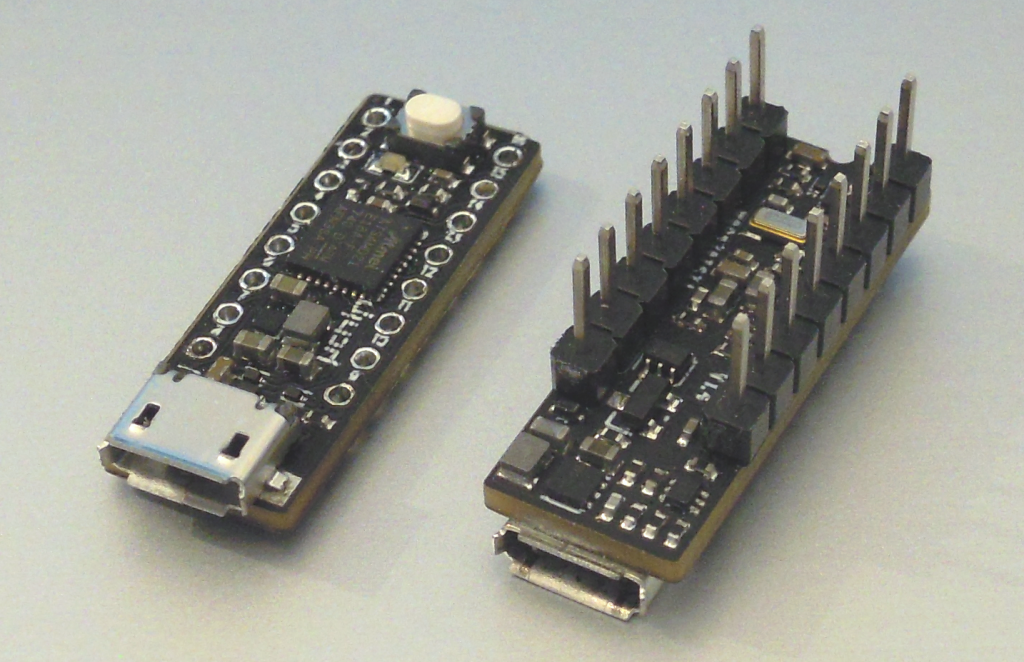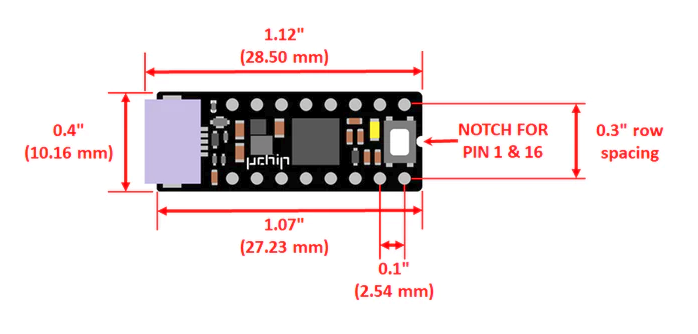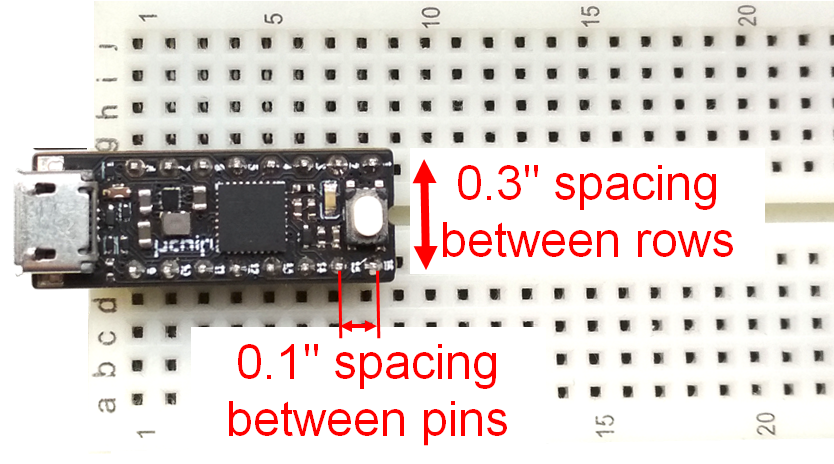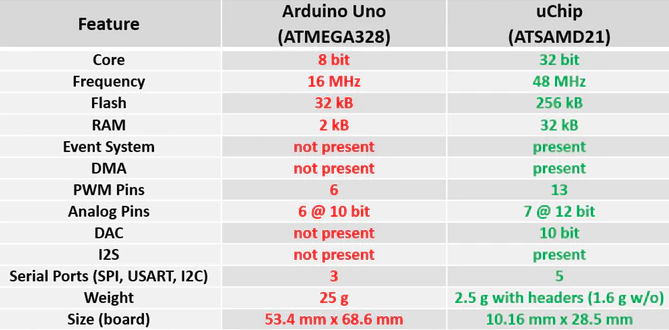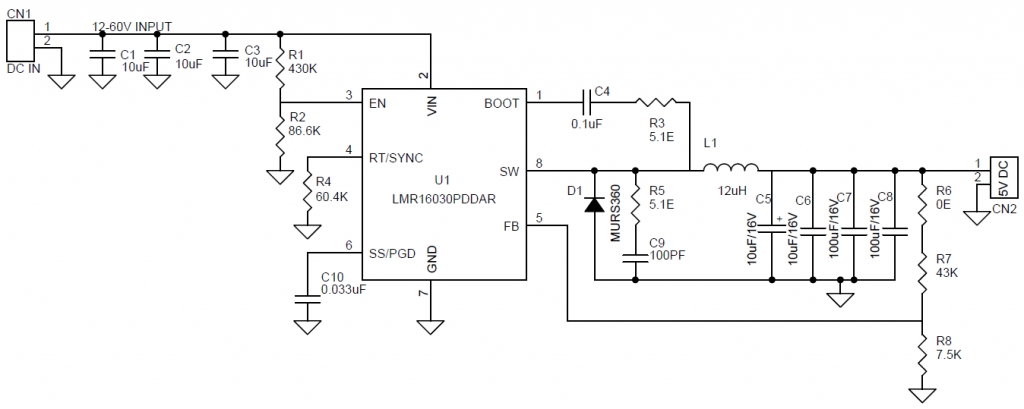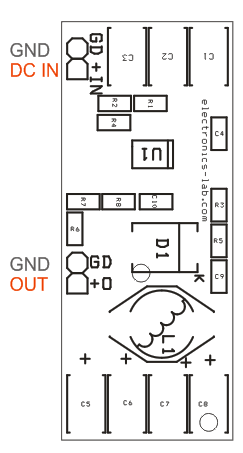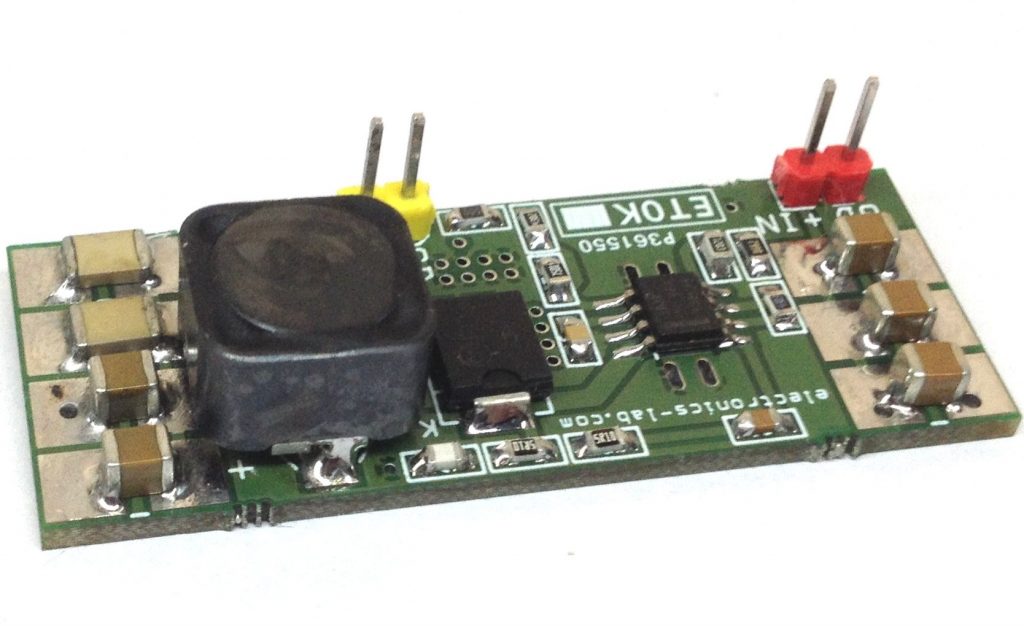STMicroelectronics, a global semiconductor leader serving customers across the spectrum of electronics applications, is applying its Arm® Cortex® expertise to expand the capabilities of its industry-leading STM32 MCU portfolio to applications requiring even more performance, resources and large open-source software. The introduction of the STM32MP1 multicore microprocessor series with compute and graphics support combined with power-efficient real-time control and high feature integration will facilitate development of high-performance solutions for Industrial, Consumer, Smart Home, Health and Wellness applications.
STM32MP1 series microprocessor (MPU) products leverage the strong, proven STM32*-family ecosystem from ST and its partners, including tools and technical support. Moreover, with the release of OpenSTLinux as a mainlined, open-source Linux distribution, it extends the STM32 family to address important customer requirements for real-time, power-constrained applications. With this combination of MPU and software, ST has assembled all the pieces to match the product supply requirements of many industrial and professional applications. Of course, the STM32MP1 is included in ST’s rolling 10-years longevity commitment.
The STM32MP1 brings the strength of the STM32 experience to applications that need MPU compute and graphics support, combined with power efficient real-time control and high feature integration,
said Ricardo De Sa Earp, General Manager of STMicroelectronics’ Microcontroller Division.
Our commitment to consolidating open-source Linux software and microcontroller development support, combined with the longevity that consumer-oriented alternatives cannot equal, establish solid confidence in STM32MP1 for embedded MPU projects.
With ST’s new STM32MP1 microprocessor series (MPU), customers can now develop a new range of applications using the new STM32 heterogeneous architecture that combines Arm® Cortex®-A and Cortex®-M cores. This flexible architecture performs fast processing and real-time tasks on a single chip, always achieving the greatest power efficiency. For example, by stopping Cortex-A7 execution and running only from the more efficient Cortex-M4, power can typically be reduced to 25%. From this mode, going to Standby further cuts power by 2.5k times – while still supporting the resumption of Linux execution in 1 to 3 seconds, depending on the application.
The STM32MP1 embeds a 3D Graphics Processor Unit (GPU) to support Human Machine Interface (HMI) displays. It also supports a wide range of external DDR SDRAM and Flash Memories. Moreover, the STM32MP1 embeds a large set of peripherals that can be seamlessly allocated either to Cortex-A / Linux or Cortex-M / Real-time activities. The STM32MP1 series are available in a range of BGA packages to support the lowest PCB cost structure and use the smallest board space.
Two Evaluation boards (STM32MP157A-EV1 and STM32MP157C-EV1) and two Discovery kits (STM32MP157A-DK1 and STM32MP157C-DK2) will be available through Distributors channels in April.
… for further technical information, please visit the press release page: www.st.com


